When Universal built its first theme park in Orlando, it was an in-your-face response to Disney’s meddling. And even if Universal Studios Florida was bigger and better than its Disney-MGM Studios competitor, Disney scored the win.
Less than a decade later, Universal made its most ambitious move yet with Islands of Adventure – a park that could’ve and should’ve shifted the gravity in Central Florida… but a marketing mishap left the spectacular park ranking far below any of Disney’s and failed to communicate to the nation and world that Universal had become a world-class, multi-park resort destination in its own right.
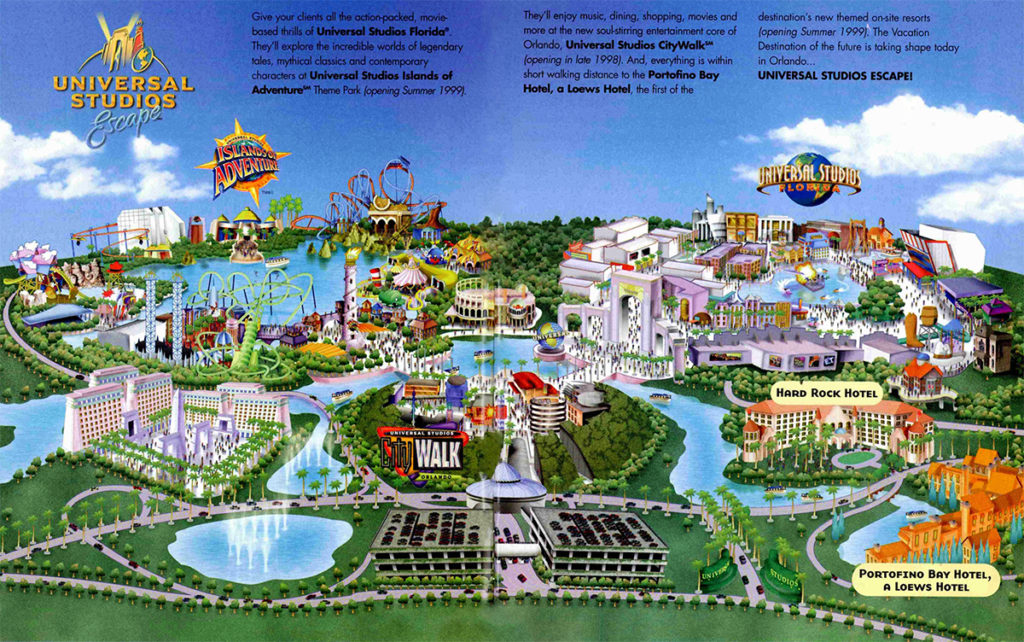
The lesson? Twice, Disney had readied itself for a clash with Universal. And twice, practically no action had been necessary. So many of the plans Disney had drawn up as “Break Glass In Case of Competition” backup plans never came to be because they simply weren’t needed. Bold, brave, and brash as Universal might’ve been in its efforts, both the 1990 opening of Universal Studios and the 1999 opening of Islands of Adventure had about as much impact on Disney as a stalwart knight punching bare-handed at the leg of a dragon – an irritation at worst. And frankly, little looked likely to change that…
The Playing Field Changes
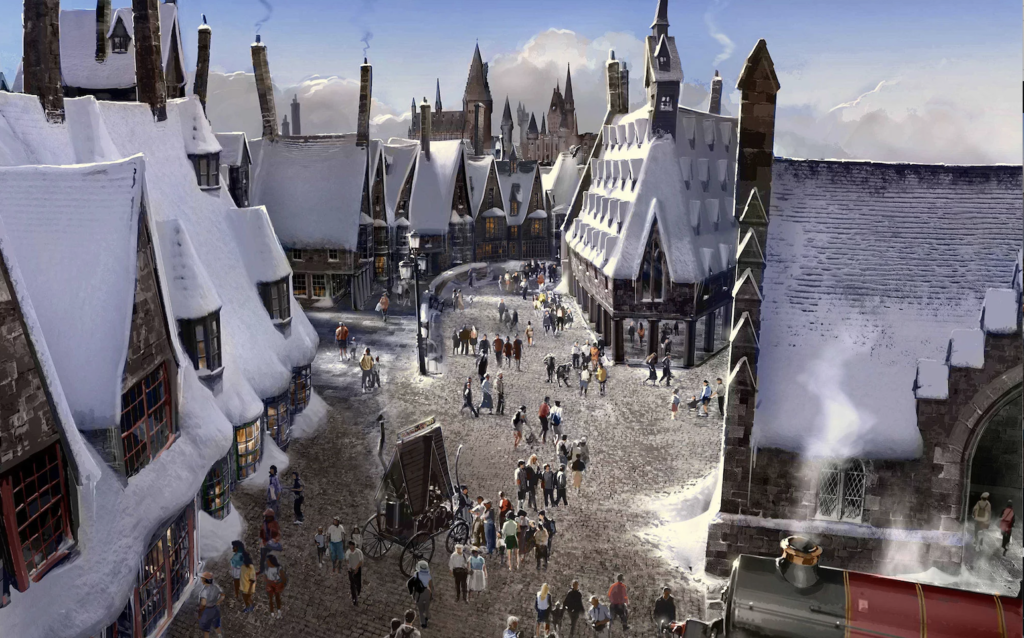
Then, in May 2007, Universal officially confirmed a longstanding rumor: in partnership with Warner Bros., they had licensed the Harry Potter franchise for use in their parks. The defining book and film series of a generation, Harry Potter was a pop culture coup the likes of which theme parks hadn’t seen since Disney licensed George Lucas’s world for the Lost Legend: STAR TOURS twenty years earlier. Out of the blue, Universal had secured a staggering, timeless, blockbuster media franchise exclusively for its parks.
And more to the point, the collaboration between Universal Parks, Warner Bros., and series creator J.K. Rowling wouldn’t just result in a Harry Potter ride in a soundstage at the Studio, nor even (as originally envisioned) a mere Harry Potter “wrap” to Islands of Adventure’s existing Medieval legends section, Merlinwood. Instead, the Wizarding World of Harry Potter would recreate – to slavish scale and jaw-dropping detail – the snow-topped village of Hogsmeade and the looming Hogwarts castle as seen in the films.

The first of the age of “Living Lands,” the Wizarding World would quite literally pluck a place from the screen and give guests the opportunity to step where their favorite characters stepped; to shop where they shopped; to eat where they ate. With incredible devotion to the world of the books, guests would find no Coca-Cola; no Harry Potter LEGO sets; no Universal Parks sweatshirts. Instead, Hogsmeade would sell only “in-universe” wares – House robes, quills and ink, Quidditch flags and text books, Wizarding sweets and, of course, wands.
Only the 2010 opening of the Wizarding World of Harry Potter managed to really spotlight Universal Orlando as more than just a sideshow to Disney’s circus… And while images of the land’s opening day – with crowds wrapped throughout CityWalk – no doubt caught the attention of Disney World executives, the real stomach-churn must’ve come from the more enduring successes: queues formed not just for rides, but to enter shops and restaurants. This wasn’t just an attraction; it was a world that guests wanted to inhabit.
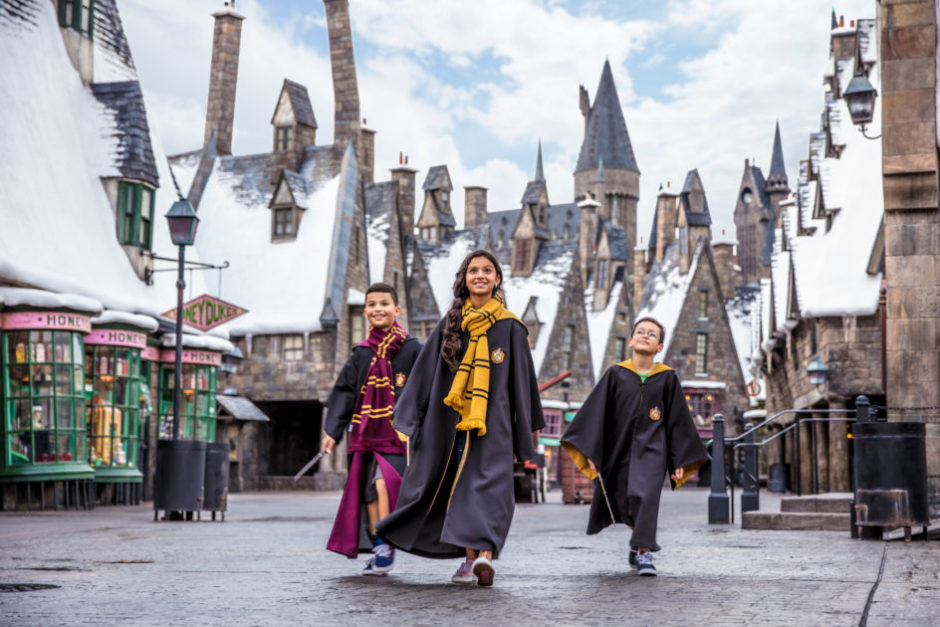
Publicly, Disney spokespeople conveyed that the rising tide in Orlando lifted all ships; that visitors weren’t replacing a day at Disney with a day at Universal, just adding additional days to their vacation to pop into Universal for a day trip. But privately, the 2000s and 2010s saw Disney institute increasingly more “perks” for on-site guests – FastPass+, MagicBands, Dining Plans, Magical Express airport transportation, and more – that all covertly doubled as incentive to stay on Disney property… and away from Universal Orlando.
It looked like the Wizarding World really had changed things. And believe it or not, it had changed things at Universal’s parent company, too…
Comcast’s surprise
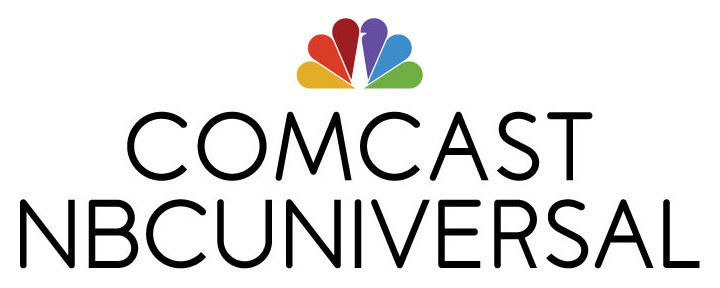
In 2009, telecommunications giant Comcast made an unexpected foray into the entertainment business by announcing their intention to drop $14 billion on securing a controlling 51% stake in NBCUniversal from its post-Vivendi-owner, General Electric. Even in the era of corporate mergers and increasingly-massive conglomerates, a company widely known for its Internet service, phone service, and poor customer service seemed an odd parent for NBCUniversal – an already-supersized entertainment company in early 2000s scale.
Industry insiders largely expected Comcast to pick apart NBCUniversal, saving the company’s more relevant networks for its own cable packaging while quickly spinning off other divisions and selling them to the highest bidder. That, of course, would’ve included the Universal Parks & Resorts division – something Comcast seemed unlikely to have any interest in getting involved in.
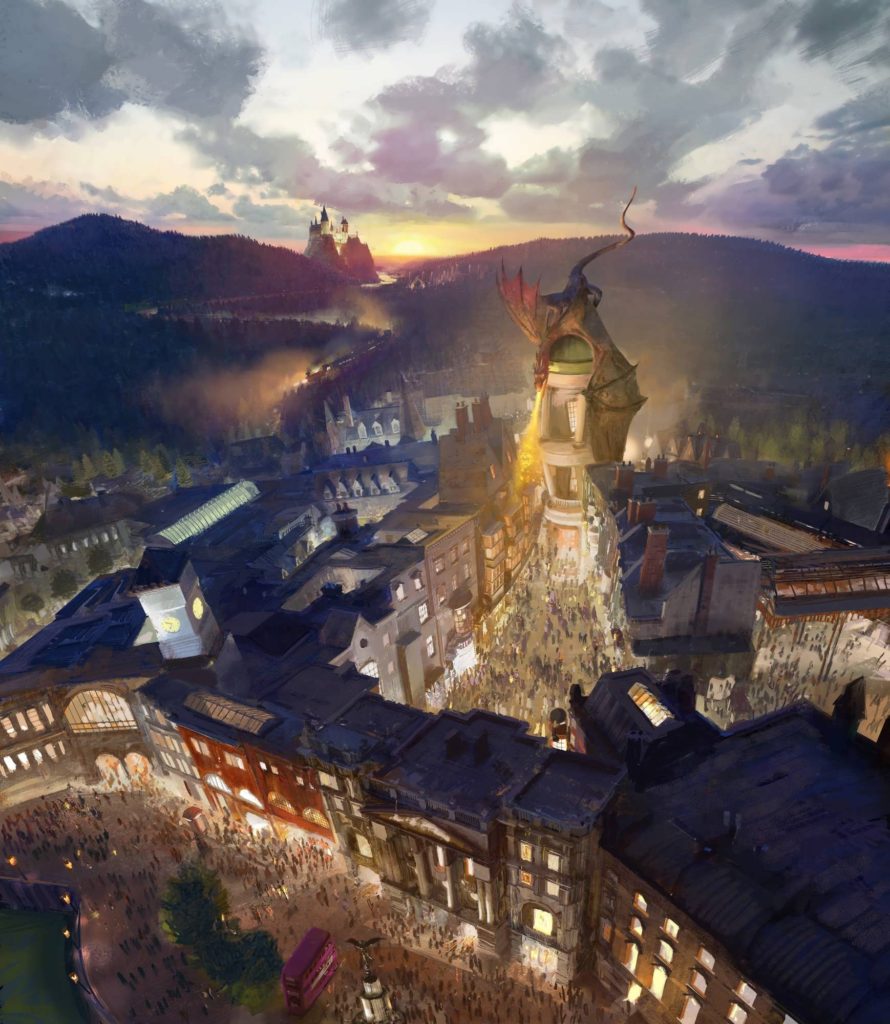
But as luck would have it, Comcast inherited a controlling stake in Universal Parks & Resorts at a key moment – months before the opening of the Wizarding World of Harry Potter. With attendance skyrocketing, per capita spending growing by exponents, and fortune favoring the bold work of Universal Creative, Comcast did something no one expected: they held onto the parks. In 2013, Comcast bought out the remaining 49% of NBCUniversal from General Electric for $16.7 billion, fully acquiring the company just in time for the debut of Diagon Alley.
In 2014, Comcast CEO Brian Roberts told analysts, “We’re doubling down on theme parks. We think there is a lot of ‘there’ there in the theme park business for many years to come […] We have a low market share – and only one way to go.” In the same breath, he noted that while Universal had over 4,200 hotel rooms in Orlando at the time, evaluation suggested the resort could support as many as 15,000.
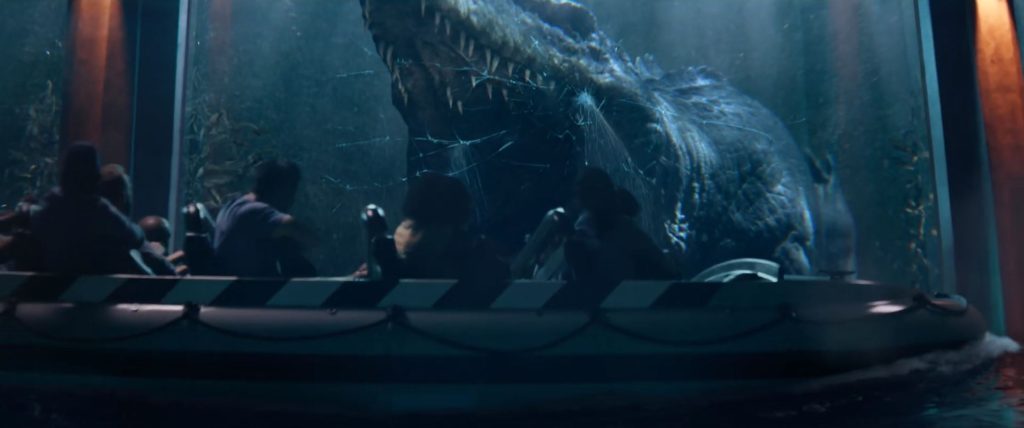
As for having just “one way to go”? Among Roberts’ assurances was that each Universal Resort would gain a major new addition, every single year for the foreseeable future. From just 2013 to today, we’re talking about…
- …in Hollywood: Despicable Me: Minion Mayhem, Springfield: Home of the Simpsons, The Wizarding World, Walking Dead: The Attraction, DreamWorks Theater, Secret Life of Pets: Off The Leash, Jurassic World: The Ride, and Super Nintendo World;
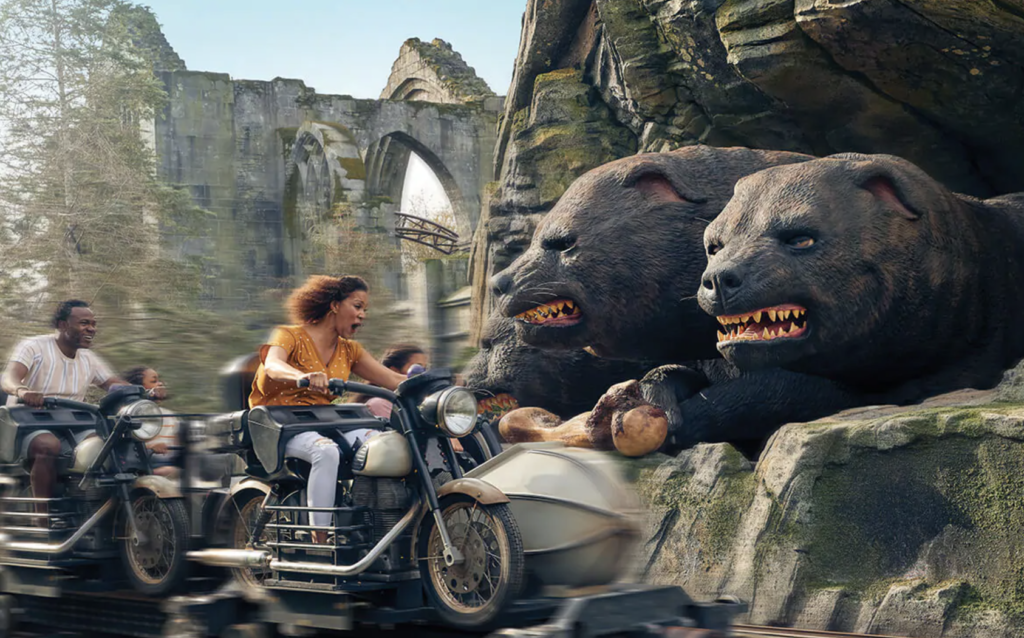
- …in Orlando: Transformers: The Ride, Springfield, Reign of Kong, Race Through New York, Volcano Bay, Fast & Furious: Supercharged, Cinematic Celebration, Hagrid’s Magical Creatures Motorbike Adventure, Jurassic World VelociCoaster, the Bourne Stuntacular…
Not to mention the opening of Universal Studios Beijing and massive reimaginings of Universal Studios Singapore… It’s just an absolutely astounding level of investment in eight years. But beyond the new ride headlines, Comcast made an even more intriguing move in 2016 when, for $130 million, they quietly bought back 475 acres of the “South Complex” that Vivendi’s Universal had sold 13 years earlier… Things were about to get interesting…



FYI: While not on property, a train station will still be built close enough to WDW (known as the “South International Drive” station.)
Guests will still be able to take the train from the airport to WDW, although it may not be as seamless as if it were directly on property.